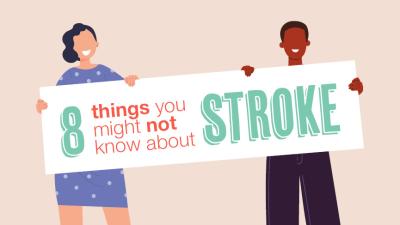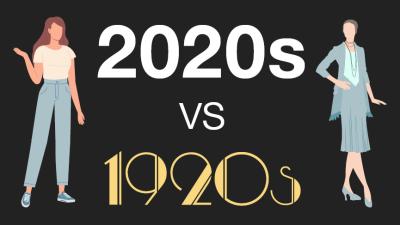Today’s workplaces aren’t perfect but a 1920s office certainly had its drawbacks…
Did you know that 1920s managers thought that sitting comfortably caused laziness – so office workers were given backless benches to sit on?
“Chairs indicated one’s status within the company” explains Heather Murphy on Slate.com. Apparently, in the 1920s office men usually had one type of seating, and women had another.
Many of us enjoy autonomy and trust in 2020s office jobs, and 39% of us now work from home for at least part of the week. A hundred years ago, the office culture was highly bureaucratic and hierarchical, with the office layout designed for managers and supervisors to watch office workers’ every move.
Those cute vintage 1920s typewriters, candlestick telephones and inkwells looked the epitome of style – but using them was hardly productive and efficient by today’s standards. Brilliant office work innovations – such as the vertical mouse – are now here for us to enjoy.
Explore the infographic below, comparing 1920s office jobs to 2020s office jobs.
This infographic about office jobs in the UK reveals:
- Do we work more or fewer hours in the 2020s than in the 1920s?
- Was unemployment higher or lower in the 2020s than in the 1920s?
- What is our average annual salary in the 2020s compared to the 1920s?
- And what proportion of our annual salary buys us a pint of milk in the 2020s? And in the 1920s?
- What are the most common office job titles in the 2020s? And in the 1920s?
- When were open plan offices introduced?
- When was the ergonomic office chair invented?











